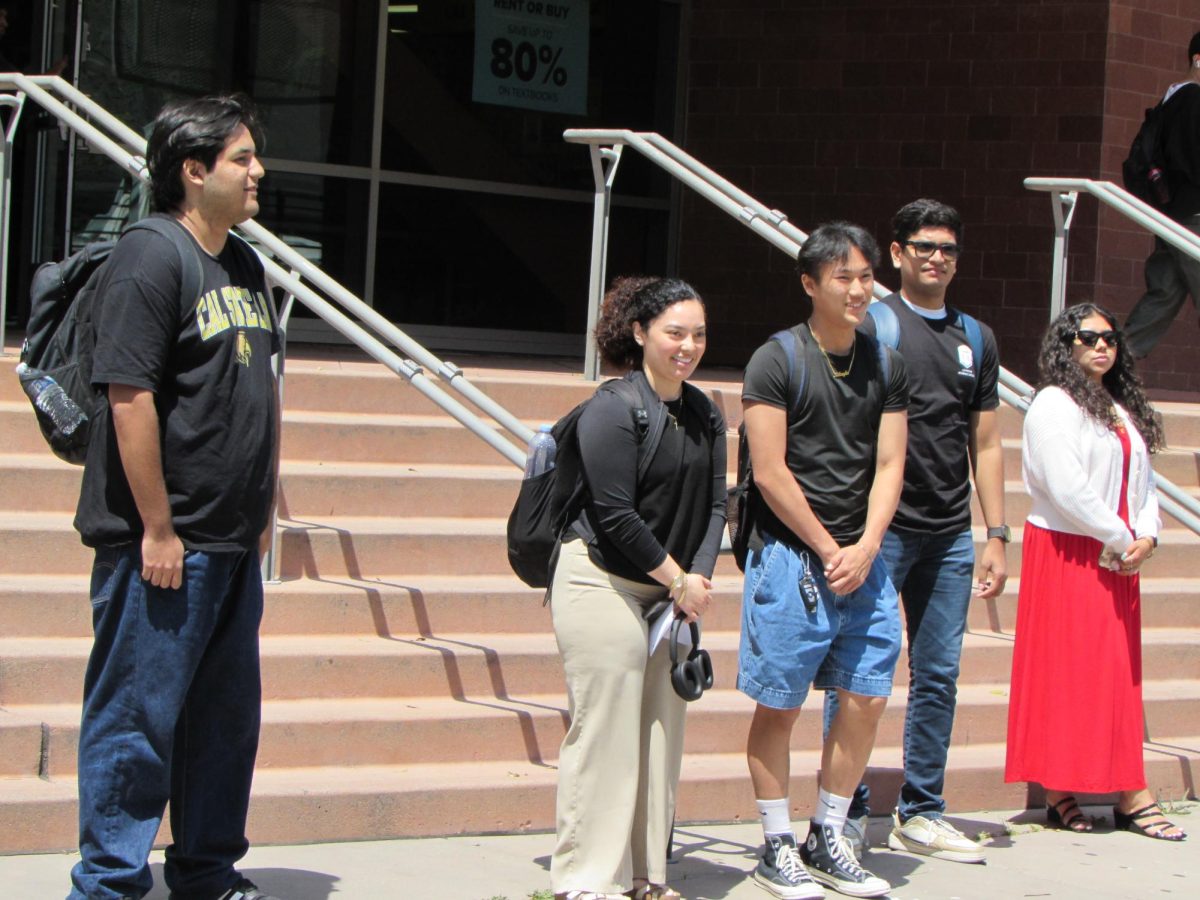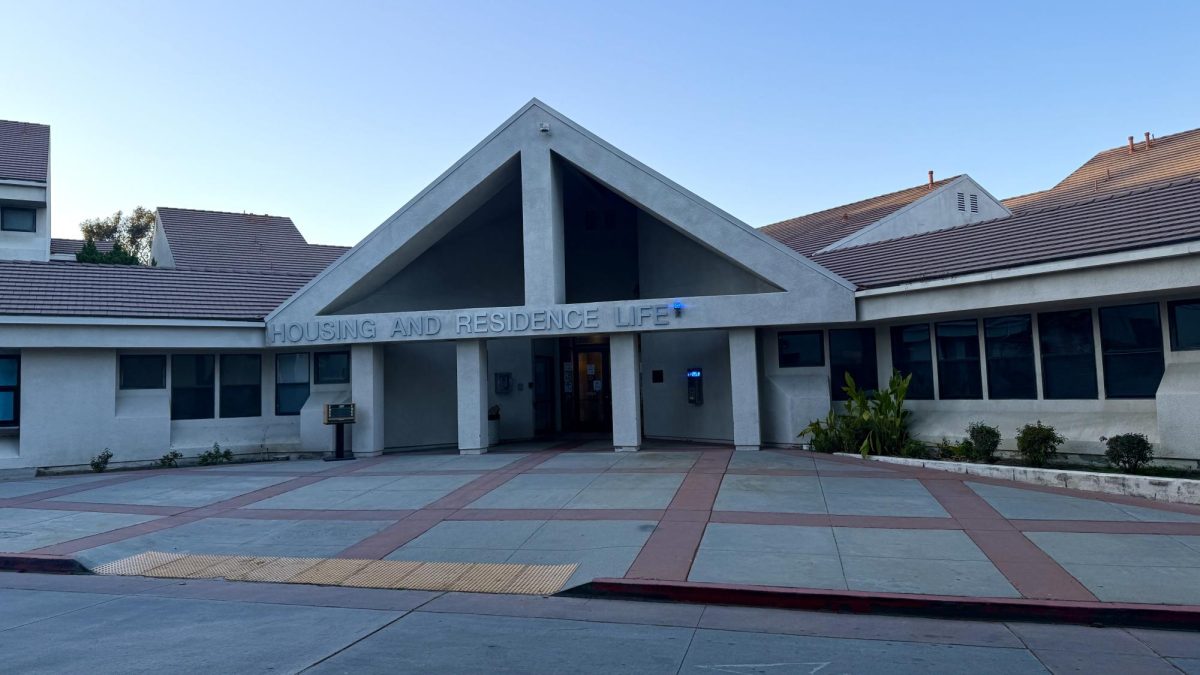Gold is the new green, as solar power technology is helping Cal State LA save money and the environment.
The newly opened Structure E has brought 1,686 parking spaces to Cal State LA; it’s also undergoing the installation of solar panels on its rooftop.
The 2,800 solar panels, altogether, compose a 1-megawatt (1MW) solar panel system as stated in an email response by the Cal State LA Department of Planning, Design & Construction Project Manager Leilani Nunez.
To put that into perspective, that can power about 1,000 homes depending on certain circumstances such as amount of sunlight and panel efficiency, according to UC Berkely Professor of Energy Daniel Kammen.
Solar energy is considered cost effective compared to fossil fuel energy, according to Oregon Institute of Tech Professor of Energy Mason Terry.
He pointed out that while fossil fuels need to be constantly purchased and transported; a solar PV system operates more independently once it’s manufactured and installed. Terry added while it still needs maintenance and monitoring, the operating costs and durability still make the technology affordable and reliable.
“The 1MW solar photovoltaic system at Parking Structure E costs just over $4 million, with annual operating costs around $7,500 per year,” wrote Nunez.
She continued that the funding for the project comes from the university’s utilities budget and the Structure E construction budget. An $880,000 rebate check from the Los Angeles Department of Water and Power is anticipated. Plus, Cal State LA will break even after about 18 years. The school will then begin to save $400,000 per year in electricity, according to Nunez.
Along with its savings, the school will also reduce its carbon footprint, stated Nunez.
“[The solar PV system] will reduce Cal State LA’s greenhouse gas (GHG) emissions by 596 metric tons of C02e per year, or approximately 4% of the University’s total carbon emissions,” she wrote.
In 2013, the Intergovernmental Panel on Climate Change released a report asserting that to limit the extent of global warming,“global net human-caused emissions of carbon dioxide…would need to fall by about 45 percent from 2010 levels by 2030, reaching ‘net zero’ around 2050.”
Kammen said “we’re roughly on track” to meet that goal. He pointed out that California law requires the state to reach net zero carbon emissions by 2045.
“California is on the path to get there,” said the professor of energy.














Nippon Energy • Aug 13, 2021 at 3:22 am
Fantastic. I like your post and I share my social Networks!